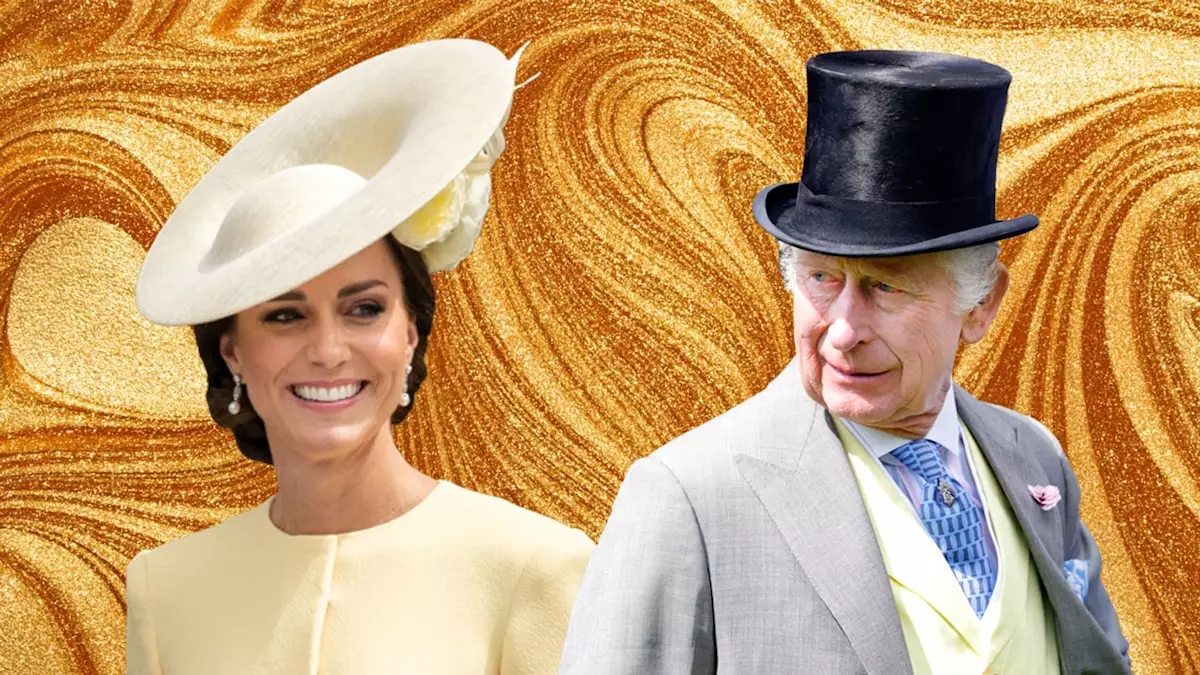Beekeeping has become an increasingly popular pursuit among many, but few can boast the royal connections and charm that envelop King Charles and his family. The pursuit of apiculture has been woven into the fabric of their lives, showcasing not only their love for nature but also their commitment to sustainable practices and environmental awareness. This unexpected yet delightful hobby illustrates a deep-seated connection to the earth and presents a unique side of the British royal family that resonates with many.
At the heart of King Charles’s love for the outdoors lies Highgrove House, his cherished residence, which has evolved into a sanctuary of diverse flora and fauna. Boasting a vibrant wildflower meadow filled with 120 different species, the estate serves both aesthetic and ecological purposes. It’s not merely a landscape; it’s a thriving ecosystem designed to support local wildlife, particularly honeybees. With 30 beehives strategically placed around the grounds, the monarch produces “Royal Garden Honey,” available for the public to purchase online.
The intricate relationship between the royals and their gardens symbolizes a broader message about sustainability. This pursuit extends beyond just aesthetics; it conveys a powerful narrative on biodiversity and conservation, encouraging others to appreciate the importance of sustaining natural habitats. Importantly, the bees are estimated to number around 20,000 per hive, profoundly illustrating the scale of Charles’s apicultural endeavors.
Family Ties in Beekeeping
King Charles isn’t alone on this sweet mission; the royal fascination with beekeeping extends to his family, including the Princess of Wales, Queen Camilla, and even Kate Middleton’s brother, James Middleton. Each member brings a personal touch to their shared passion, showcasing how this hobby has intricately bonded them. The Princess of Wales, typically associated with her numerous royal duties, has found solace in tending to bees at Anmer Hall.
In a notable public engagement in 2021, she delighted schoolchildren by sharing honey from her hives during a visit to the Natural History Museum, effectively blending her royal responsibilities with her environmental advocacy. By donning a full beekeeping suit for World Bee Day, she highlighted the importance of bees as vital pollinators and their role in maintaining ecological balance. Her enthusiastic approach to beekeeping not only brings awareness to the cause but also reflects her hands-on approach to motherhood and responsibility.
Queen Camilla has also made significant contributions to the beekeeping sphere. At her Wiltshire estate, Ray Mill House, the Queen produces and sells honey at the prestigious Fortnum & Mason, with the proceeds supporting various charitable endeavors. Her recent appointment as the President of Bees for Development highlights her commitment not only to apiculture but also to global sustainability, as the charity focuses on poverty alleviation and promoting biodiversity in over 50 countries.
Her impressive record as a hands-on beekeeper, including sharing anecdotes about her successes and challenges in hive management, adds another layer of relatability to her royal persona. It’s a refreshing deviation from the customary royal image — one that embraces vulnerability through shared experiences with nature.
James Middleton, the brother of Kate Middleton, presents another facet of this royal beekeeping narrative. Gifted his first beehives on his 24th birthday by his family, he has passionately embraced the hobby, advocating for the significance of bees in our ecosystem. His reflections on the tranquility and joy he derives from working with bees highlight a respectful understanding of these industrious creatures.
In a world increasingly aware of environmental issues, James’s enthusiasm for beekeeping serves as an encouragement for others to connect with nature and explore sustainable practices. His long-standing passion illustrates the personal growth and emotional well-being that can stem from such endeavors.
The royal family’s commitment to beekeeping enjoys a dual purpose. It not only sheds light on their dedication to environmental conservation but also signifies the cultivation of family bonds. Each family’s member’s unique approach fosters a rich legacy that embraces the values of sustainability, community engagement, and ecological consciousness.
As the buzz around beekeeping grows louder in our modern world, the royal family’s endeavors stand as a symbol of commitment and hope. They inspire a movement that encourages all people to appreciate the beauty of nature and recognizes the vital role that bees play in preserving our planet. The story of King Charles and his family exemplifies how one can marry royal duty with personal passion — all while creating a legacy grounded in the love of bees, gardens, and the environment.

Leave a Reply